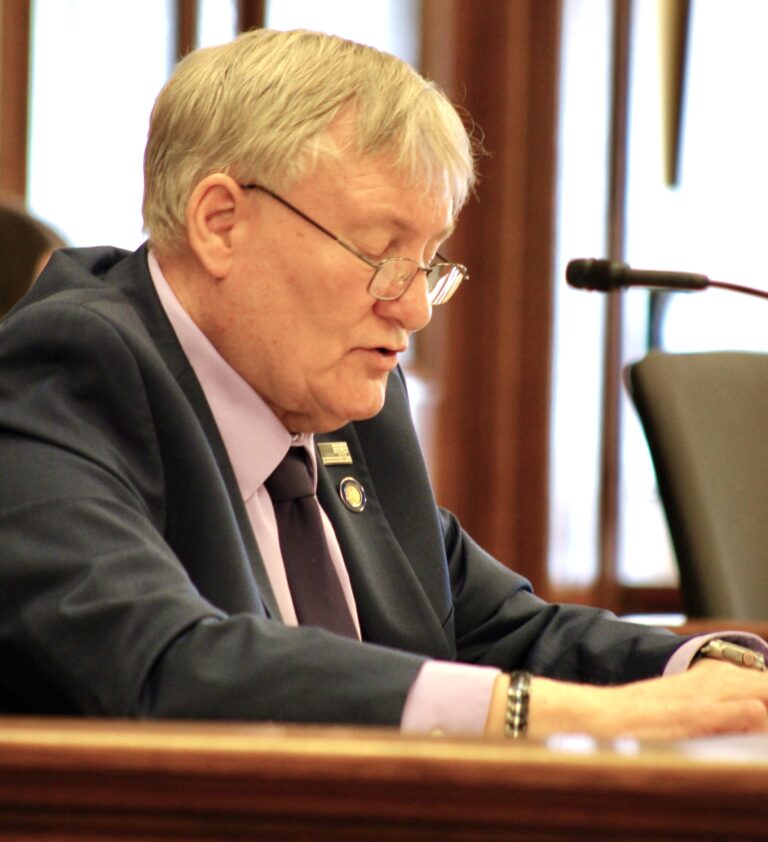Weekly Fiscal Facts are provided to Wisconsin Newspaper Association members by the Wisconsin Policy Forum, the state’s leading resource for nonpartisan state and local government research and civic education. The Wisconsin Policy Forum logo can be downloaded here.
Wisconsin’s state and local tax burden fell again in 2022 to its lowest level on record, due to a $1 billion-a-year income tax cut, tight limits on property taxes, and strong growth in residents’ incomes.
The tax burden is a measure of total tax revenues collected in Wisconsin as a share of statewide personal income. It’s a metric tracked by the Forum and one of its predecessor organizations, the former Wisconsin Taxpayers Alliance, for more than 50 years.
This percentage has been in a steady long-term decline in Wisconsin and fell again in the 12-month state fiscal year that ended June 30. The state’s local tax burden has never been lower in more than a half century of data, and state and federal tax burdens on families and businesses are also near historic lows.
Total state and local tax collections in Wisconsin rose to $35.4 billion in fiscal year 2022, up 4.1% from $34 billion the previous year. But since that was markedly lower than the growth in personal income, the overall tax burden fell.
In fiscal 2022, state and local tax revenues fell as a share of personal income to just under 10.1%, — down from 10.3% in 2021 and from 11.4% a decade ago. It was the lowest level in Forum records going back to 1970.
State and local taxes as a share of income also have fallen substantially over time in Wisconsin compared to other states. U.S. Census Bureau figures from 2020 show Wisconsin’s state and local tax burden has been below the national average for three years in a row.
Ultimately, Wisconsin state officials have kept local tax collections on a much tighter leash in recent years than they have their own. Since 2010, even with the recent large income tax cut, state tax revenues have grown by 56.9%. Local tax collections, on the other hand, have grown by only 23.7% over that same period. While the state passes on a share of the revenue it raises to local communities in the form of aid to schools and local governments as well as other services such as Medicaid, the discrepancy is worth noting.
In a growing number of referenda, voters have opted to raise their own property taxes to increase resources for school districts and, more recently, for other local governments as well. This trend, however, may exacerbate differences between the communities with the means and willingness to approve these ballot questions and those that do not.
In a typical budget year, state officials would have to choose between addressing these funding needs at the local level and restraining growth in taxes. In the upcoming budget for the two-year cycle beginning July 1, a record projected state budget surplus is likely to give the opportunity to accomplish both.
This information is provided to Wisconsin Newspaper Association members as a service of the Wisconsin Policy Forum, the state’s leading resource for nonpartisan state and local government research and civic education. Learn more at wispolicyforum.org.



